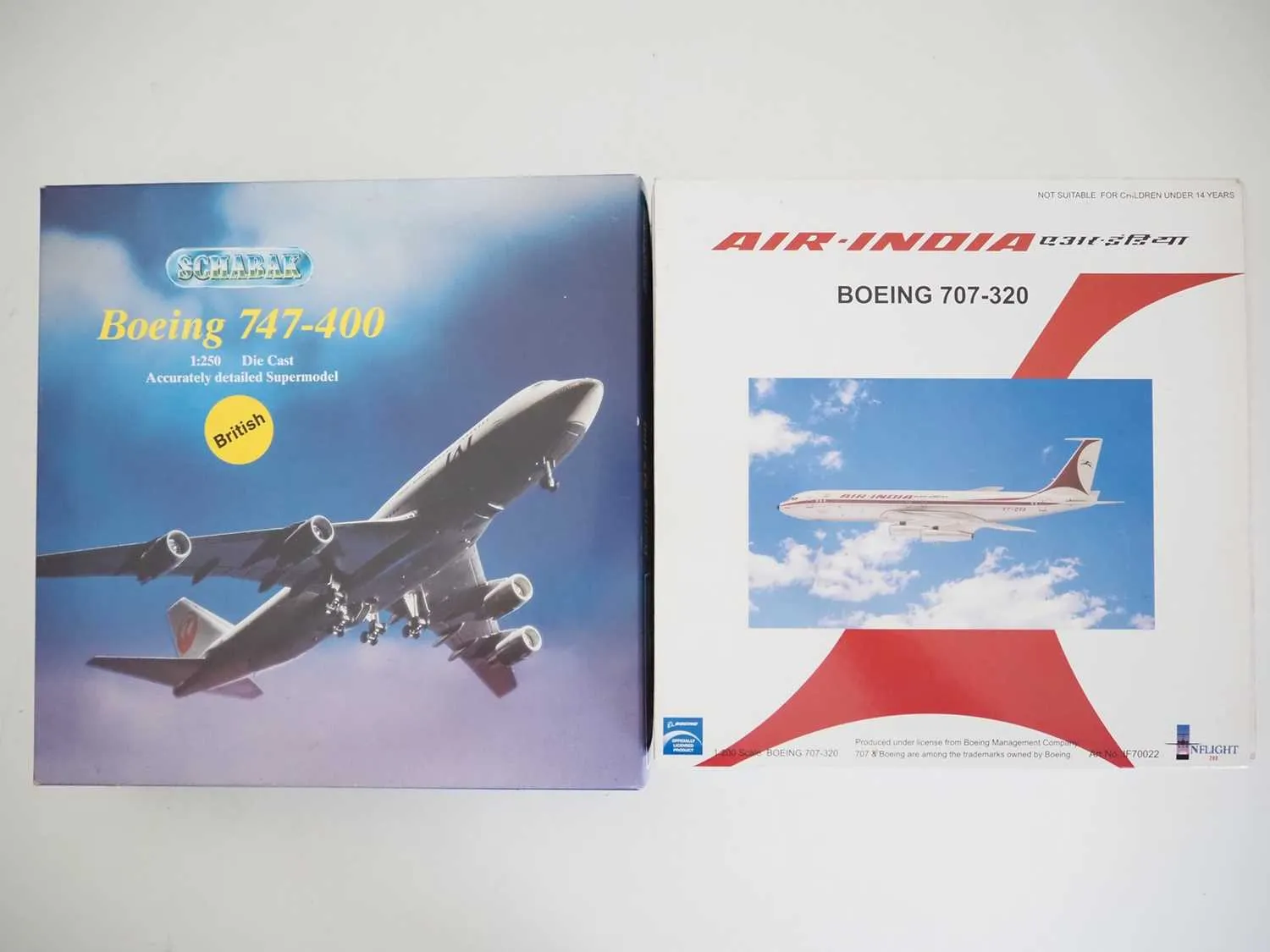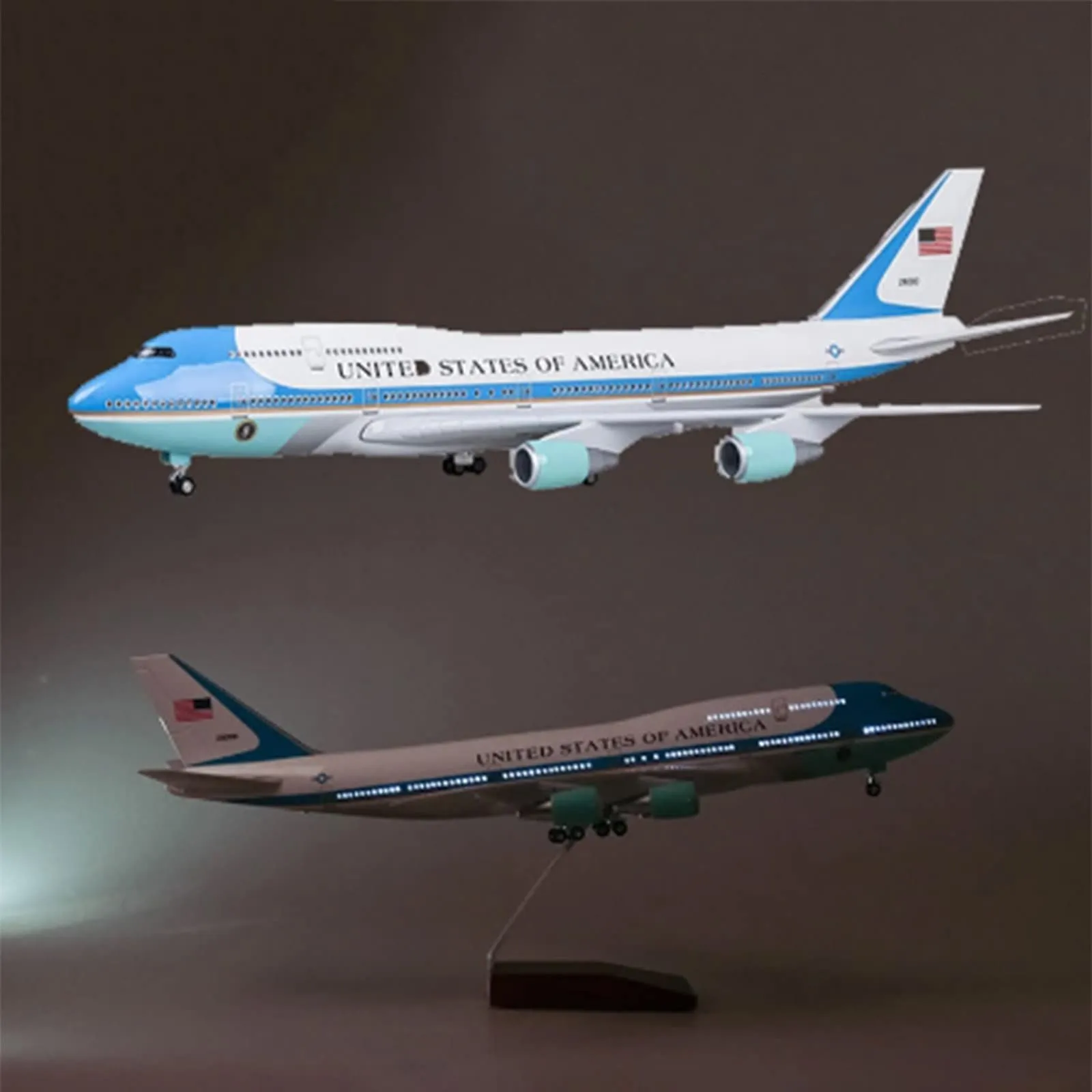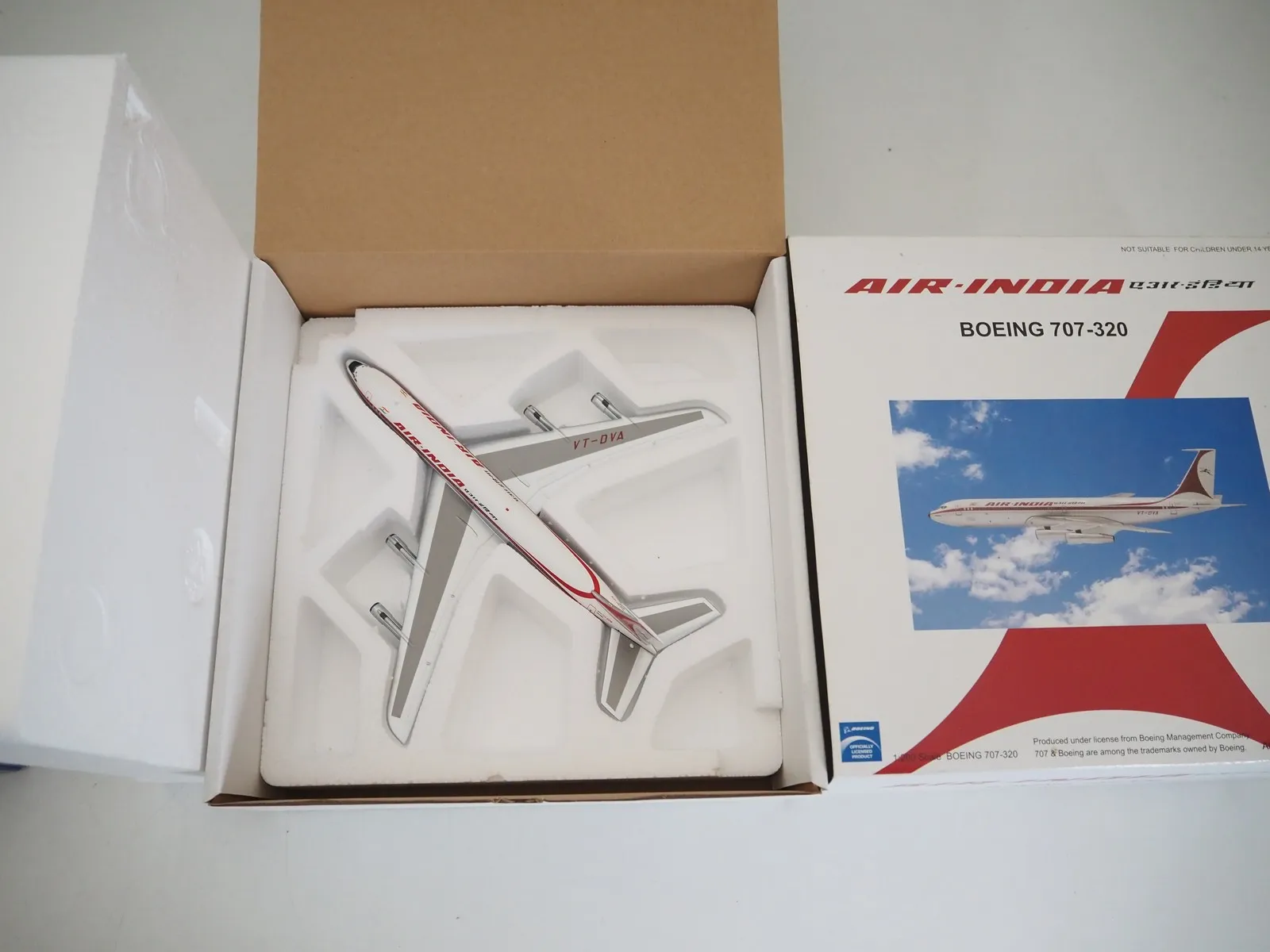7 Tips for Aeroplane Diecast Models
Aeroplane diecast models offer a captivating glimpse into the world of aviation, allowing enthusiasts and collectors to own miniature replicas of iconic aircraft. These models are not merely toys, but intricate pieces of art that celebrate the history, engineering, and design of flight. Whether you’re a seasoned collector or a newcomer, navigating the world of aeroplane diecast models requires knowledge and a keen eye. This comprehensive guide provides seven essential tips to help you make informed decisions and build a remarkable collection, ensuring you derive maximum enjoyment from this fascinating hobby. By following these guidelines, you’ll be well-equipped to select, acquire, and cherish these miniature marvels of the sky. Understanding the intricacies of scale, materials, and features will transform you into a savvy collector, capable of appreciating the artistry and value inherent in each aeroplane diecast model.
Researching Aeroplane Diecast Models
Before making any purchases, thorough research is essential. Start by identifying the specific types of aeroplane diecast models that interest you. Are you fascinated by historical warplanes, commercial airliners, or modern fighter jets? Research the manufacturers known for producing high-quality models, such as GeminiJets, Herpa, or Witty Wings. Explore online forums, collector groups, and websites dedicated to aeroplane diecast models to learn about different models, their accuracy, and their historical significance. This preliminary research will help you establish your preferences, understand the market, and identify potential investment opportunities. Examining reviews and comparisons can further assist in pinpointing the best models. Furthermore, knowing the history behind each aircraft can add another layer of appreciation to your collection, making the hobby more enriching and enjoyable. Take the time to learn about the aircraft’s real-world counterparts, their roles, and their place in aviation history, enriching your collecting journey.
Identifying Scale for Aeroplane Diecast Models

One of the most critical aspects of collecting aeroplane diecast models is understanding scale. The scale represents the ratio between the model’s size and the actual aircraft’s size. Common scales include 1:200, 1:400, and 1:72, among others. Each scale offers different advantages. For example, 1:200 scale models are often larger and more detailed, making them ideal for showcasing intricate features, while 1:400 and 1:500 scales are smaller and more space-efficient, allowing you to build a larger collection without requiring extensive display space. Consider the space you have available for display and the level of detail you desire when selecting a scale. It’s also important to consider the availability of models in specific scales, as some scales may have a wider selection of models than others. Understanding scale ensures that your collection maintains consistency and allows you to accurately compare the sizes and details of different aircraft models.
Understanding the Details of Aeroplane Diecast Models
Pay close attention to the details of each aeroplane diecast model. High-quality models feature accurate markings, paint schemes, and realistic detailing, such as panel lines, rivets, and antennae. Look for models with finely crafted engines, landing gear, and cockpit interiors. Examine the quality of the decals and the overall fit and finish of the model. Small details can significantly impact the model’s overall appearance and value. Consider how well the model represents the specific aircraft you are interested in, comparing it to photographs and specifications of the real aircraft. A model with accurate details demonstrates the manufacturer’s dedication to precision and authenticity, and is more desirable for collectors. These details transform a simple model into a work of art, allowing you to appreciate the engineering and design of the original aircraft.
Considering Material & Build Quality of Aeroplane Diecast Models
The material and build quality of aeroplane diecast models significantly impact their durability and collectibility. Diecast metal is the preferred material for the majority of high-quality models due to its weight, strength, and ability to capture fine details. The construction should be solid, with well-fitting parts and minimal gaps. Check for any defects, such as paint imperfections or misaligned components. The model should feel sturdy and well-balanced. Examining the landing gear is crucial, as it must be robust and accurately positioned. The quality of the packaging is another indicator of the model’s value; well-protected models are less likely to be damaged during transport or storage. Models made from higher-quality materials and constructed with precision will typically last longer, and often retain their value better than those of lower quality. Consider the overall craftsmanship and the reputation of the manufacturer to ensure you’re investing in a model that will stand the test of time.
Checking Features of Aeroplane Diecast Models

Different aeroplane diecast models offer various features that can enhance their appeal. Some models feature removable landing gear, allowing you to display them in both flight and ground configurations. Others may have rotating propellers, opening doors, or even interior lighting. Certain limited-edition models might include special display stands or commemorative plaques. Consider the features that are important to you and what adds to the overall realism and enjoyment of the model. Features can also affect the model’s price, so evaluate whether the added features justify the cost. Some collectors prefer simplicity, prioritizing the accuracy and detail of the model itself, while others enjoy the added visual interest provided by extra features. Checking these features will ensure that the model meets your expectations and enhances your collecting experience.
Where to Buy Aeroplane Diecast Models
There are numerous avenues for purchasing aeroplane diecast models. Specialty hobby shops offer a curated selection and often provide expert advice. Online retailers, such as eBay, Amazon, and dedicated model websites, provide a vast range of options, often with competitive pricing. Attending model shows and conventions can offer opportunities to discover rare models and connect with fellow collectors. When buying online, always check the seller’s reputation and read reviews to ensure you’re purchasing from a reliable source. Consider the shipping costs, return policies, and any warranty information. Comparing prices from different sources can help you find the best deals, but remember that the lowest price isn’t always the best value. Factor in the model’s condition, rarity, and desirability when making your purchase. Be aware of potential counterfeit models, especially with rare or valuable items, and ensure the model’s authenticity before making a purchase.
Maintaining Aeroplane Diecast Models
Proper maintenance is crucial to preserving the condition and value of your aeroplane diecast models. Display your models in a dust-free environment, away from direct sunlight and extreme temperatures, which can cause paint to fade or damage the materials. Regularly dust your models with a soft brush or cloth. Avoid touching the models excessively, as fingerprints can mar the finish. When handling your models, use gloves to prevent oils from your skin from damaging the paint. If you need to store your models, consider using protective display cases or individual boxes to prevent scratches and damage. Regularly inspect your collection for any signs of wear and tear. Following these maintenance tips ensures that your aeroplane diecast models will remain in pristine condition for years to come, allowing you to enjoy your collection and potentially retain its value. Proper care is an investment in the longevity and beauty of your models.
Conclusion

Collecting aeroplane diecast models is a rewarding hobby that combines historical appreciation, aesthetic enjoyment, and a passion for aviation. By following these seven tips, you’ll be well-equipped to navigate the world of aeroplane diecast models, making informed decisions and building a remarkable collection. From researching the specific aircraft that interest you to carefully considering scale, material quality, and features, each step contributes to a satisfying and enriching collecting experience. Remember to prioritize quality over quantity, and to appreciate the artistry and craftsmanship of these miniature marvels. With dedication and knowledge, you can curate a collection that brings you joy and showcases your passion for the fascinating world of flight. Happy collecting!
